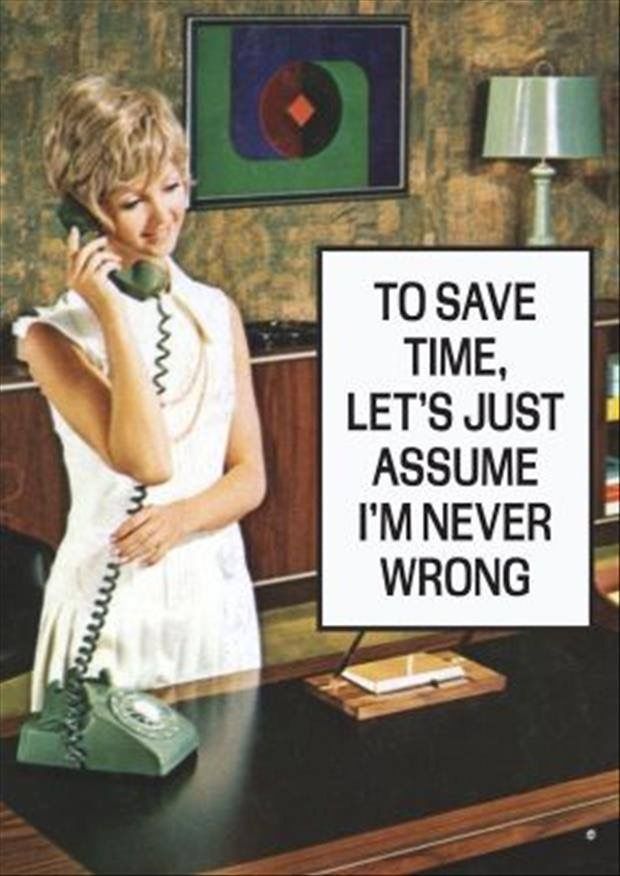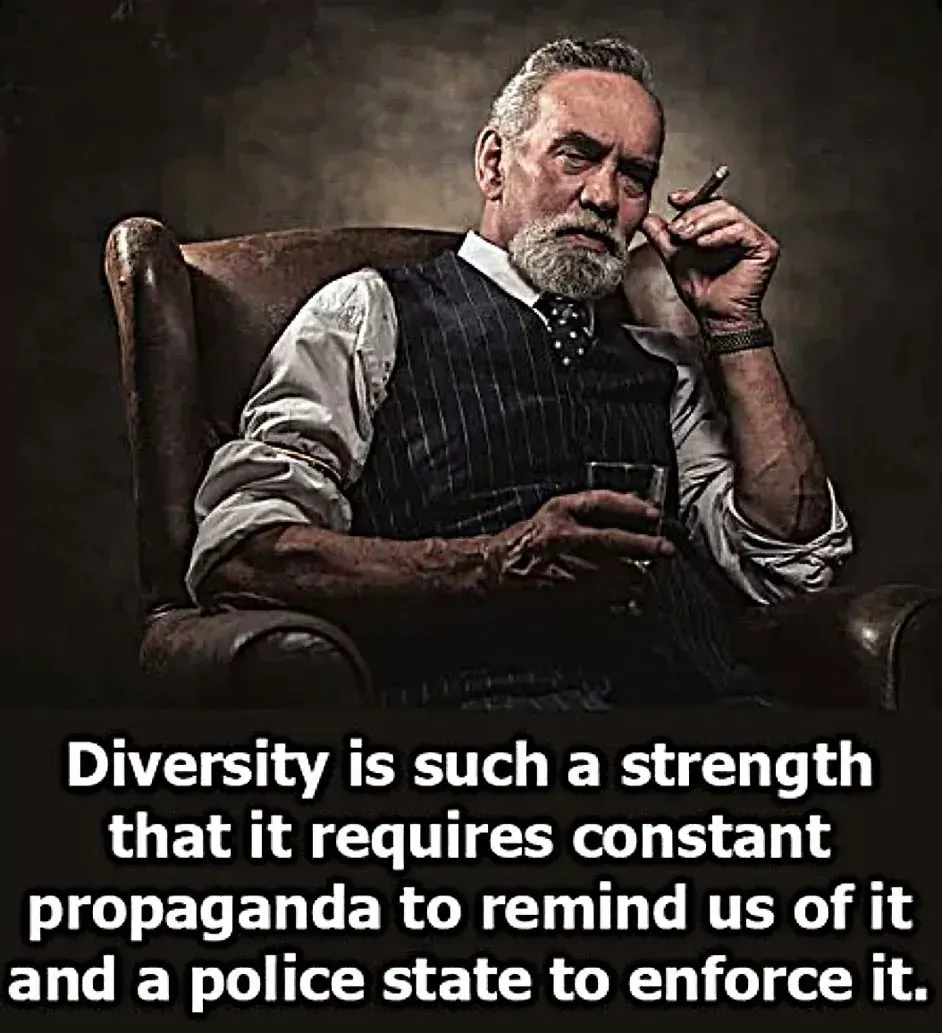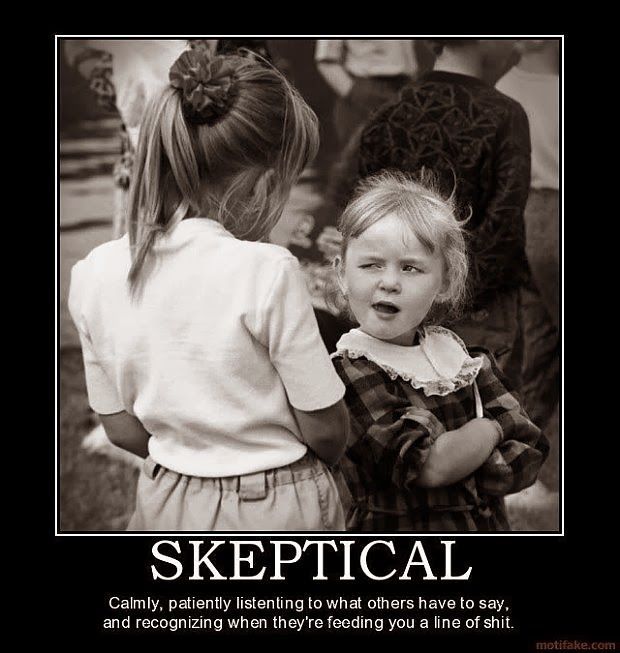Fascism: What It Is, What It Isn’t, and Why America Is Not at Risk
How the misuse of a dangerous word distorts debate and divides Americans.

Introduction
The word “fascism” has become one of the most abused terms in modern politics. It’s hurled as an insult at presidents, parties, parents at school board meetings, even businesses that don’t toe the line. But the reality is simple: fascism is a very specific form of authoritarian rule that existed in the 20th century, and America is not even close to it. The more the term is abused, the less people understand, and the more they’re gaslighted into fearing shadows that aren’t there.
This blog breaks down what fascism really is, why it thrived in Europe between the world wars, why it cannot take root in the United States, and why calling your political opponents “fascists” is nothing more than manipulative gaslighting.
The Origins of Fascism
The roots of fascism lie in post-World War I Europe. Italy, Germany, and Spain were torn apart by war, economic depression, and social unrest. Mussolini in Italy, Hitler in Germany, and later Franco in Spain presented themselves as saviors who could restore order, pride, and national power.
Mussolini drew on the Roman fasces—a bundle of sticks tied around an axe—symbolizing unity under one authority. His movement promised strength through obedience and national revival. In Germany, Hitler’s Nazi Party fed off humiliation after the Treaty of Versailles, skyrocketing inflation, and resentment. He weaponized nationalism and anti-Semitism to create an “us vs. them” narrative.
Spain’s Franco came later, consolidating power after civil war by fusing the military, the church, and nationalist sentiment. In Japan, militarists took control by fusing emperor worship with expansionist zeal.
The pattern is consistent: fascism thrives in nations humiliated by war, economically desperate, culturally divided, and politically unstable.
The Anatomy of Fascism
Political scientist Robert Paxton identifies several traits that define fascism. Expanded here, with historical examples:
- Authoritarian Leadership – A single strongman embodies the nation. Mussolini called himself Il Duce. Hitler was the Führer. Franco styled himself protector of Catholic Spain.
- Hyper-Nationalism – The nation becomes almost sacred. Outsiders, minorities, or dissenters are portrayed as threats to its purity. Nazi Germany demonized Jews, Roma, and communists. Italy cast itself as reborn Rome.
- Militarism and Violence – Fascist regimes glorified military discipline. Mussolini invaded Ethiopia. Hitler launched the most destructive war in history. Violence wasn’t a last resort—it was celebrated as cleansing.
- Controlled Economy – Unlike communists, fascists allowed private ownership. But industry existed to serve the state. German companies like Krupp and Volkswagen thrived because they fueled the war machine.
- Suppression of Dissent – Political opposition, free press, and individual liberties were destroyed. Secret police, censorship, and propaganda ensured one narrative controlled all.
- Cult of Unity – The individual is nothing. The “nation” is everything. The fascist salute, mass rallies, and uniformity reinforced that you exist only as part of the collective.
Why Fascism Cannot Happen in the U.S.
Despite constant hand-wringing in media, America is not on the verge of fascism. In fact, the system here is uniquely built to prevent it. Here’s why:
1. Constitutional Framework
The U.S. Constitution separates power into three branches—executive, legislative, and judicial. No single leader can consolidate unchecked authority the way Mussolini or Hitler did. Even during emergencies, courts and Congress remain obstacles.
2. Federalism
Unlike European nation-states, America’s power is decentralized. Governors and state legislatures hold significant autonomy. A wannabe dictator would run head-first into fifty state governments, thousands of counties, and tens of thousands of local jurisdictions.
3. Free Speech and the First Amendment
Fascism requires censorship. America is built on the opposite principle. Even when some push to silence voices on college campuses, in media, or online, the First Amendment remains a bulwark. Courts consistently strike down attempts at broad censorship.
4. Armed Citizenry
Germany and Italy disarmed populations before consolidating control. In the U.S., the Second Amendment ensures that millions of citizens remain armed. No serious authoritarian regime could ever take root in a nation where private citizens collectively own more firearms than the top militaries of the world combined.
5. Cultural Individualism
Americans are wired differently. We are suspicious of authority, fiercely individualistic, and historically rebellious. From the Revolution to civil rights to protests of every stripe, Americans don’t line up in neat formations to salute a leader. The very culture rejects the submissive mindset fascism needs.
Why the Word Gets Abused Today
If fascism is so unlikely here, why do politicians and commentators constantly use the word? Because it’s effective as a smear.
“Fascist” has become shorthand for “bad guy.” Instead of debating policies, it allows people to demonize opponents as dangerous and illegitimate. But this is gaslighting—a deliberate psychological tactic to distort reality and make Americans believe that ordinary politics equals tyranny.
- Parents questioning school boards? “Fascists.”
- Citizens demanding secure borders? “Fascists.”
- Companies resisting regulations? “Fascists.”
This cheapens the word and insults the memory of those who lived under real fascism. Calling your opponent Hitler doesn’t win an argument—it shuts down discussion.
Gaslighting the American People
Gaslighting is a psychological manipulation technique where someone tries to make you doubt your perception of reality. When media or activists scream “fascism” every time someone disagrees with them, they’re gaslighting.
They want you to believe that normal political debate is extremism. That your neighbors are dangerous. That voting for the other side equals dictatorship. It creates fear and division—not clarity.
This tactic erodes trust. It convinces citizens they live under constant threat, even when they’re exercising freedoms unimaginable under real fascism. Ironically, the constant cries of “fascist” echo the propaganda methods of authoritarian regimes—they distort language to keep citizens compliant.
What Fascism Really Threatens
The danger isn’t that America will become fascist. The danger is that the misuse of the term blinds us to real threats:
- Censorship creep – Not from a single dictator, but from coordinated social and corporate pressures.
- Weaponization of language – Words lose meaning when used as insults rather than analysis.
- Division and distrust – Constantly painting opponents as “Nazis” tears the social fabric.
When everything is fascism, nothing is. Real fascism murdered millions. Pretending that a school board debate is equivalent dishonors history and numbs us to genuine tyranny abroad.
Why This Matters
The misuse of the word “fascism” is not harmless. It is an intentional smear tactic that gaslights Americans into believing their country is teetering on the edge of dictatorship. In reality, our constitutional framework, federal structure, free press, and armed citizenry make fascism impossible here.
Understanding what fascism really is—and what it isn’t—equips us to defend freedom without being manipulated by fearmongering. It reminds us that political disagreement is not tyranny, and that labeling opponents as monsters is the oldest trick in the authoritarian playbook.
If you want to safeguard liberty, don’t fall for the gaslighting. Know history. Demand clarity. And refuse to let fear dictate your view of your fellow citizens.
References
Eatwell, R. (1996). Fascism: A history. Penguin.
Paxton, R. O. (2004). The anatomy of fascism. Alfred A. Knopf.
Payne, S. G. (1995). A history of fascism, 1914–1945. University of Wisconsin Press.
Stanley, J. (2018). How fascism works: The politics of us and them. Random House.
Kershaw, I. (2008). Hitler: A biography. W.W. Norton & Company.
Disclaimer:
The views expressed in this post are opinions of the author for educational and commentary purposes only. They are not statements of fact about any individual or organization, and should not be construed as legal, medical, or financial advice. References to public figures and institutions are based on publicly available sources cited in the article. Any resemblance beyond these references is coincidental.











